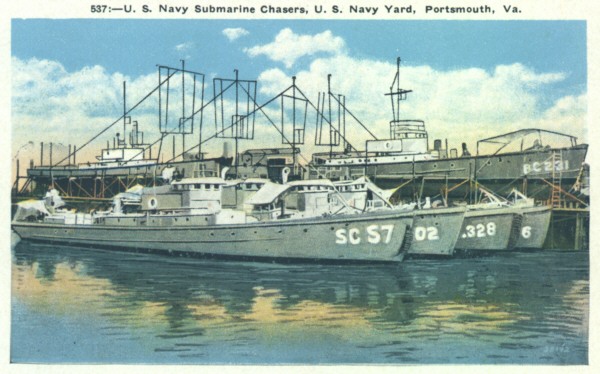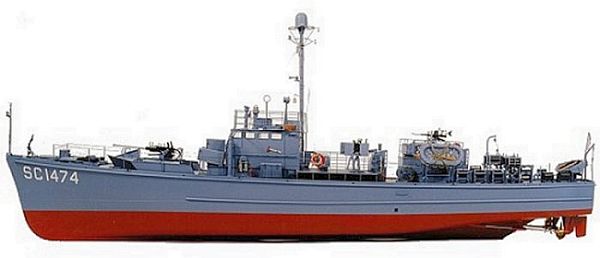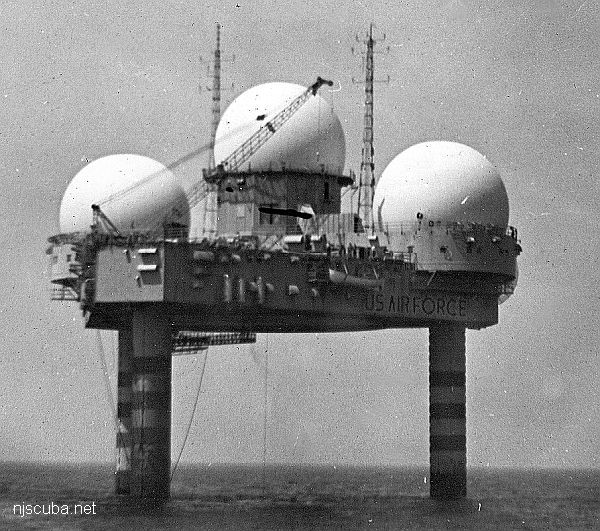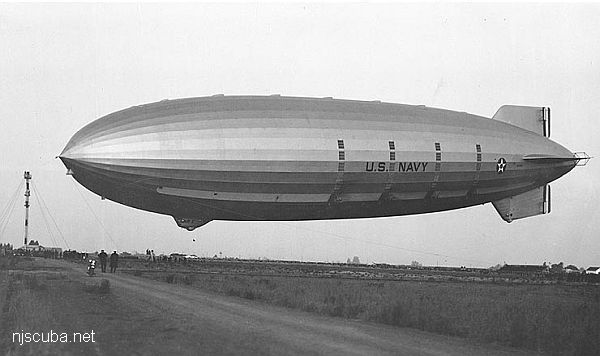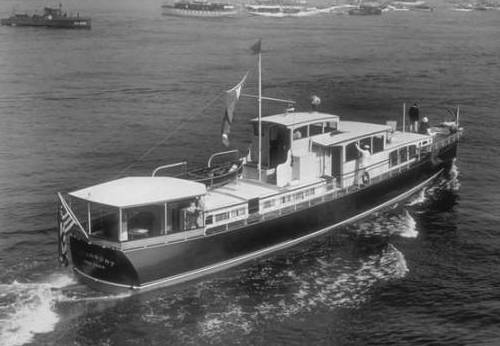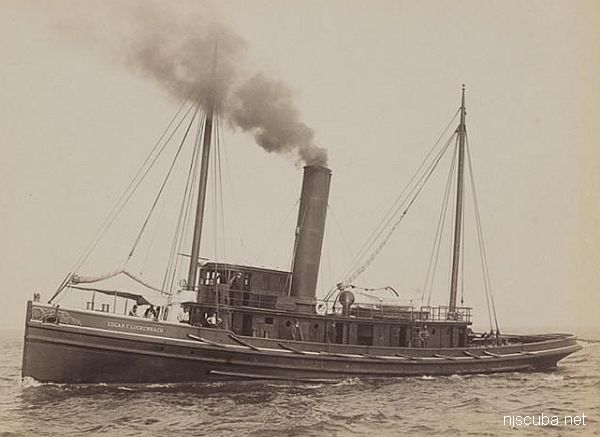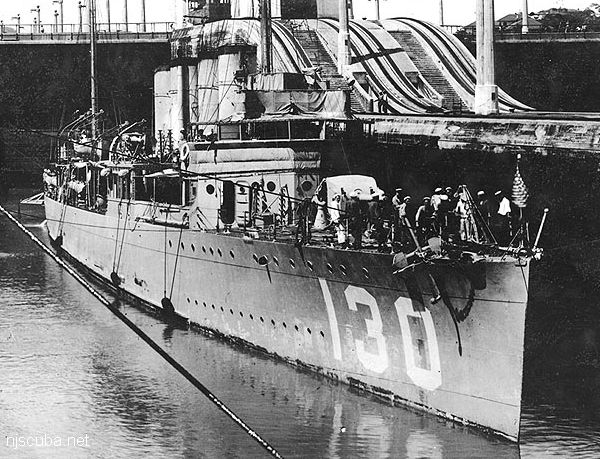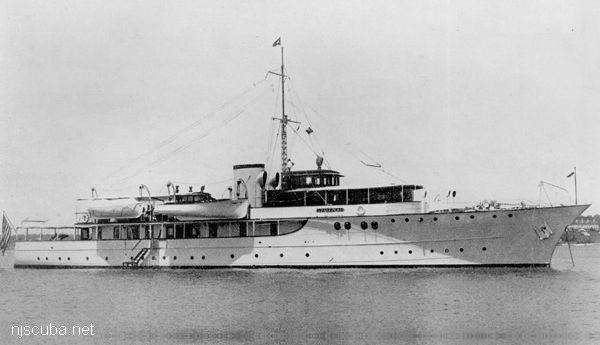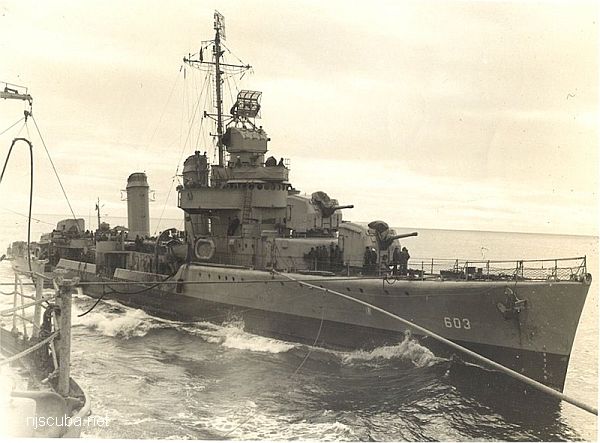Algae and plants are similar in that they can produce their own food from nutrients and sunlight by photosynthesis. The main difference between the two is in their complexity. Algae are simple organisms, sometimes unicellular, and even the largest types are relatively simple in structure. True plants, on the other hand, are quite complex, with many specialized structures, even in the smallest types.
Fungi are not plants, they do not produce their own food, but rather feed upon decaying matter. But neither are they animals, so I tacked them on here.
More: Overview of Algae & Plants ...
